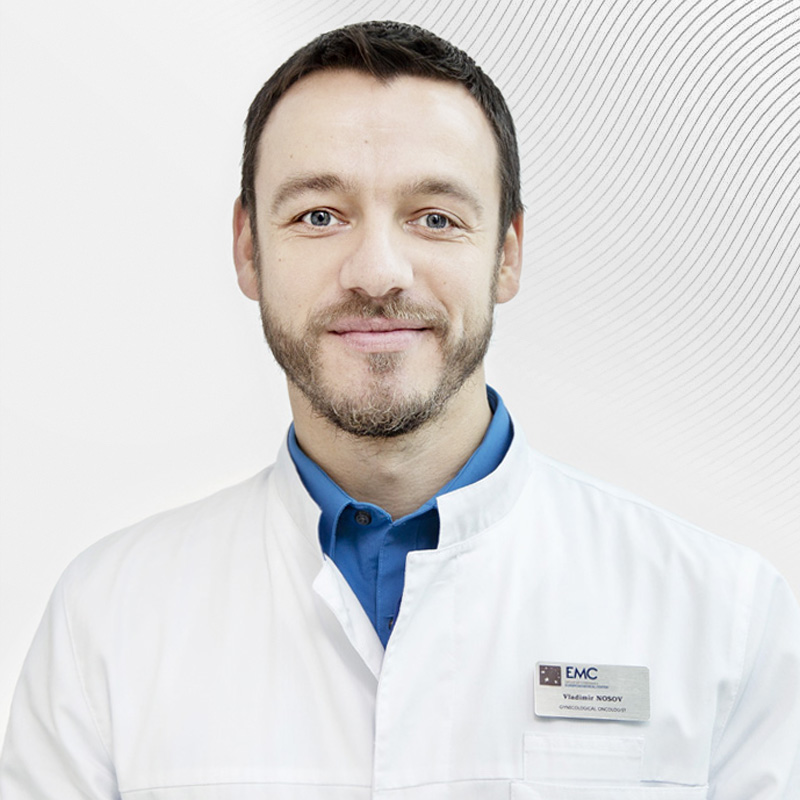Management of complicated pregnancy
A high–risk pregnancy is a pregnancy that occurs with a high risk of complications.
Risk factors
- The patient's age (over 35 years old).
- Concomitant diseases (arterial hypertension, autoimmune diseases).
- Endocrine disorders (obesity, diabetes mellitus, thyroid diseases).
- Burdened obstetric history (development of complications in previous pregnancies).
It is often possible to reduce the likelihood of complications at the stage of preparation for pregnancy. If pregnancy has already occurred, risks can be predicted using ultrasound monitoring and laboratory tests.
Identification of the risk group allows for preventive measures that reduce the likelihood of complications, identify existing complications as early as possible and monitor their further development.
In the first half of pregnancy, the development of the most formidable obstetric complication, preeclampsia, can be predicted.
Preeclampsia (PE) is a complication of pregnancy that develops after 20 weeks and is manifested by an increase in blood pressure and the detection of protein in the urine.
Preeclampsia development factors
- PE in a previous pregnancy.
- Age over 40 years.
- My mother and sister have a history of PE.
- The first pregnancy.
- Multiple pregnancies.
- The interval between pregnancies is ≥10 years.
- Concomitant diseases (arterial hypertension, diabetes mellitus, kidney diseases, thrombophilia, connective tissue diseases, obesity).
An increase in blood pressure is not always a sign of PE. This may be a manifestation of chronic arterial hypertension (which existed before pregnancy) or gestational hypertension (increased blood pressure after 20 weeks of pregnancy, but without proteinuria and passing 12 weeks after delivery). Proteinuria is the detection of protein in a urine test.
Currently, preventive measures have been developed that are effective in risk groups for the development of PE:
- low-dose aspirin (75 mg per day) from 12 weeks of pregnancy;
- with low calcium intake (<600 mg per day) - calcium supplements at a dose of 1000 mg per day.
Miscarriage and premature birth
Miscarriage is the premature termination of pregnancy before 37 full weeks.
Habitual miscarriage is 3 or more miscarriages in a row for up to 22 weeks. There are also early pregnancy losses (up to 12 weeks), abortions up to 22 weeks, and premature birth.
Premature births are those that occur between 22 and 37 full weeks.
Risk factors for premature birth
- A history of premature birth or late spontaneous miscarriage.
- Multiple pregnancies.
- Operations on the cervix.
- Malformations of the uterus.
- Concomitant somatic diseases
- Preeclampsia and fetal growth retardation
The development of premature labor is indicated by regular contractions – at least 4 contractions in 20 minutes and dynamic changes in the cervix (its shortening and smoothing). In such a situation, therapy aimed at prolonging pregnancy is prescribed.
Tocolysis (treatment with drugs that slow contractions) does not affect the frequency of premature birth and perinatal mortality, but it allows you to gain time to prevent respiratory distress syndrome in the fetus and transfer the pregnant woman to the perinatal center.
It has been proven to be an effective prevention of premature birth.:
It has been proven to be an effective prevention of premature birth.:
- introduction of anti-nicotine programs among pregnant women;
- the use of magnesium preparations from 24-25 weeks;
- progesterone use in risk groups; therapy of bacterial vaginosis and asymptomatic bacteriuria in pregnant women.
Not effective:
- the purpose of protein-energy food additives;
- additional intake of calcium and vitamins C and E;
- bed rest.
EMC obstetricians and gynecologists have extensive experience in managing complicated pregnancies. The clinic uses a multidisciplinary approach, when doctors of various specialties provide medical care to the patient, if necessary. This ensures the complexity of the assistance provided and the maximum possible result is achieved in each specific case.
Get help
Specify your contacts and we will contact you to clarify the details.
Doctors
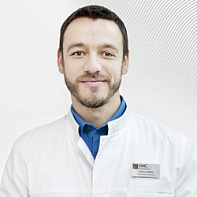
Vladimir Nosov
Ph.D. of Medical Sciences
-

Dmitriy Subbotin
Ph.D. of Medical Sciences
-
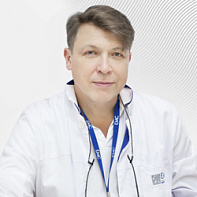
Nenahov Filipp
Doctor of the highest category
-
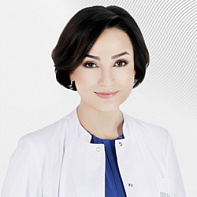
Saakyan Gayane
Doctor of the first category
-
.jpg)
Shpachenko Viktoria
-
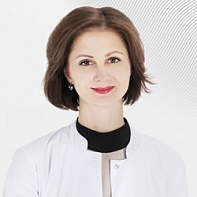
Borovkova Ekaterina
Doctor of the highest category, Professor, Doctor of Medicine
-
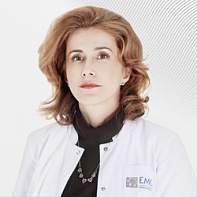
Madan Korneliya
-
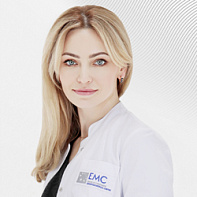
Kovaleva Larisa
Specialist in Gynecological Endocrinology, Ph.D. of Medical Sciences
-
.jpg)
Loginova Olga
Ph.D. of Medical Sciences
-

Charkhifalakyan Arevik
Head of the Gynecology and Oncogynecology Clinic
-
.jpg)
Panfilova Olga
Leading specialist in prenatal fetal diagnosis, Ph.D. of Medical Sciences
-

Maximova Yuliya
Head of the Center for Aesthetic and Reconstructive Gynecology, Ph.D. of Medical Sciences
-
Vladimir Nosov
Ph.D. of Medical Sciences
- An expert oncogynecologist is a surgeon with more than 26 years of experience, including experience working in leading hospitals in the USA
- A leading Russian specialist in the field of robotic surgery in oncogynecology
- Graduated from the Moscow Medical Academy named after I.M. Sechenov
- Graduated from the Moscow Medical Academy named...
Total experience
26 years
Experience in EMC
since 2012
